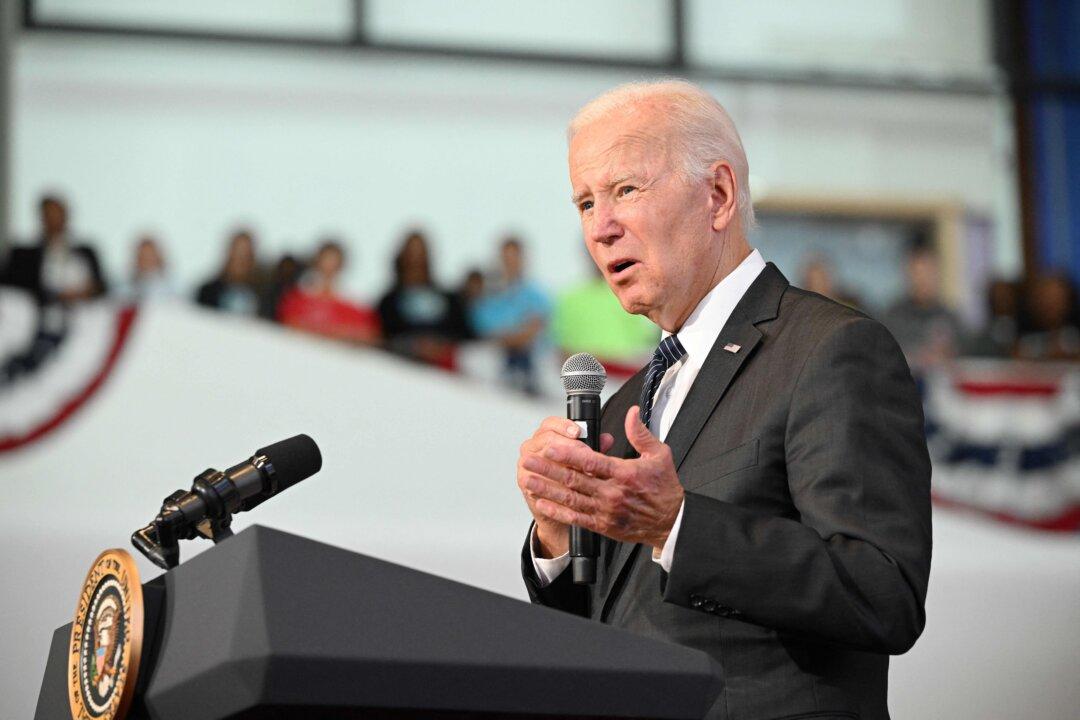President Joe Biden on Sunday approved Puerto Rico’s emergency declaration as Fiona strengthened into a hurricane.
“The President’s action authorizes FEMA to coordinate all disaster relief efforts to alleviate the hardship and suffering caused by the emergency on the local population and to provide appropriate assistance, to save lives, to protect property, public health and safety and to lessen or avert the threat of a catastrophe in all 78 municipalities in the Commonwealth of Puerto Rico,” said the declaration.





